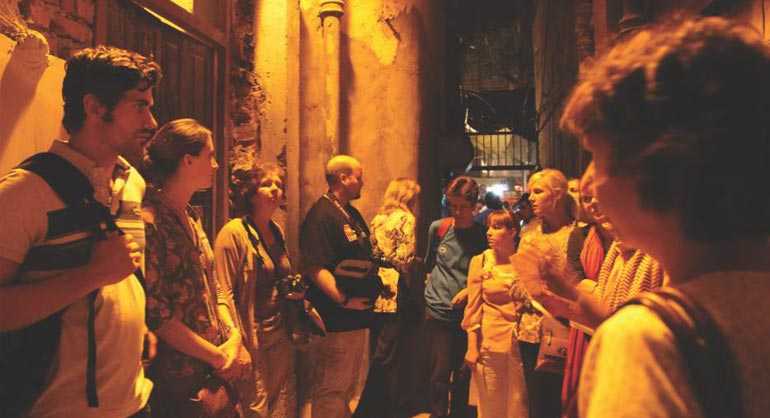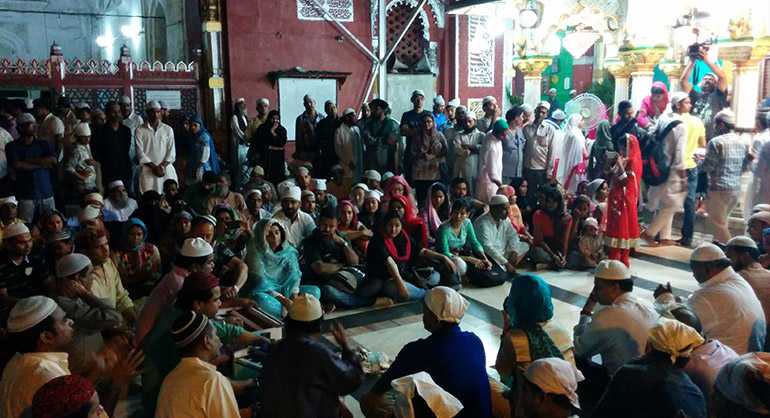Meet the family who has been involved in the art of tie and dye for almost 400 years. Learn about the traditional and colourful Bandhani methods passed down for generations.
Be amazed by the skills required to excel in this technique of decorating textiles
Sita takes you into the back alleys of Ek Minar Masjid in Jodhpur to meet a family who has been involved in the art of tie and dye, called Bandhani, for generations. Bandhani is an ancient art practised by people mainly of Rajasthan and Gujarat. There are about 700 to 800 Muslim families in Jodhpur who practise the Bandhani technique on a daily basis and have been catering to merchants and wholesellers for centuries.
Visit a large Muslim family in their small double storey lime house.They live upstairs while the dyeing of clothes takes place on the ground floor. The Bandhani work consists of tying and dyeing of cotton or silk cloth. The main colours used in Bandhani are yellow, red, green and black.
As you climb the tiny and steep stairs, you spot a brass pot half-filled with coloured, boiling water and pieces of cloth being stirred by a man with his hands. This is the final step of dyeing.
The house has a rectangular well-lit room. In the midst of coloured bundles of cloth, women sit on the floor, their heads covered with scarves and thick Surma (home made Kohl) gracefully applied to the lower eyelid, marking and tying the cloth.
Traditionally, women take care of the tying, which requires a very skillfull manipulation of the fingers and extensive knowledge of the colour schemes. They lift small portions of the fabric and tightly tie a thread around it.
A variety of symbols including, dots, squares, waves and strips are produced using this technique.





